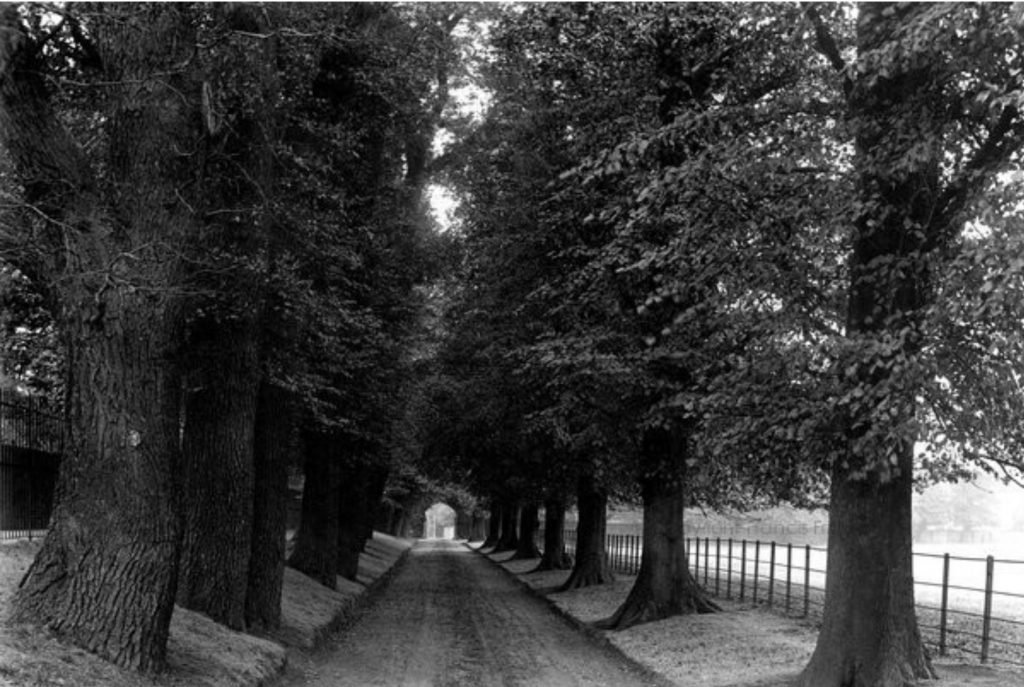
The park is the grounds of the former Bishops Palace, which has stood on the site since at least the 1100sAD.
A quarter of the parkland was sold in November 2019 (including the listed folly and 2 buildings that Bromley Council have allowed to become in bad repair). To facilitate this ‘disposal’, the Council removed that land’s ‘Urban Open Space’ status in the maps of the 2018 Local Plan, which was not spotted until afterwards. This allows the new owners to build housing.
The SE quarter of the park is supposed to be a public park, though access has been unreliable since the entrance was chained up for the summer of 2019 (supposedly due to anti-social behaviour, but one where the litter is taken home). The new Y-building landowners have put in a muddy diversion from Rafford Way that treks round their hoarding and through the undergrowth.
The park includes four listed structures, of which the Ice house has partially collapsed.
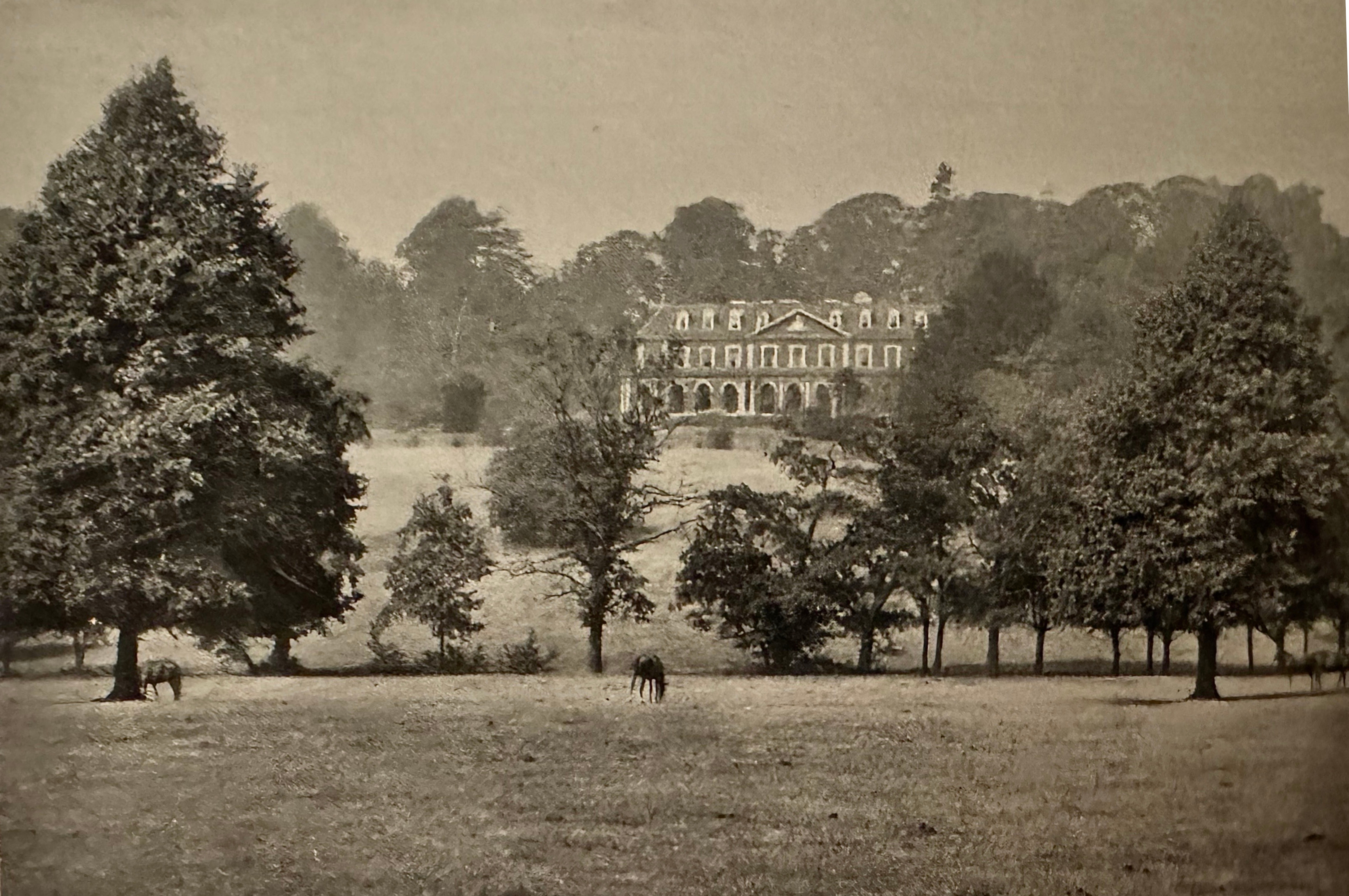
The park was remodeled in the 1860s, by R Norman Shaw, who also designed some estate cottages and a bailiff’s cottage for the Lord of the Manor, Mr Coles Child. He also improved the grounds by constructing Pulhamite landscape features and a folly. Ernest Newton worked here in 1902 and 1920.
The Bromley Palace Park incorporate these historical features:
- The Listed 18th Century Folly
- Ice house adapted to be a summer house and boat house
- Pullhamite cascade
- Pulhamite fernery
- St Blaise’s Well
- A section of the Medieval Moat (and fish ponds)
- The Ha-Ha
- 1732 decorated lead cistern
This park is included in our Bromley Town Centre Park Trail, see here.
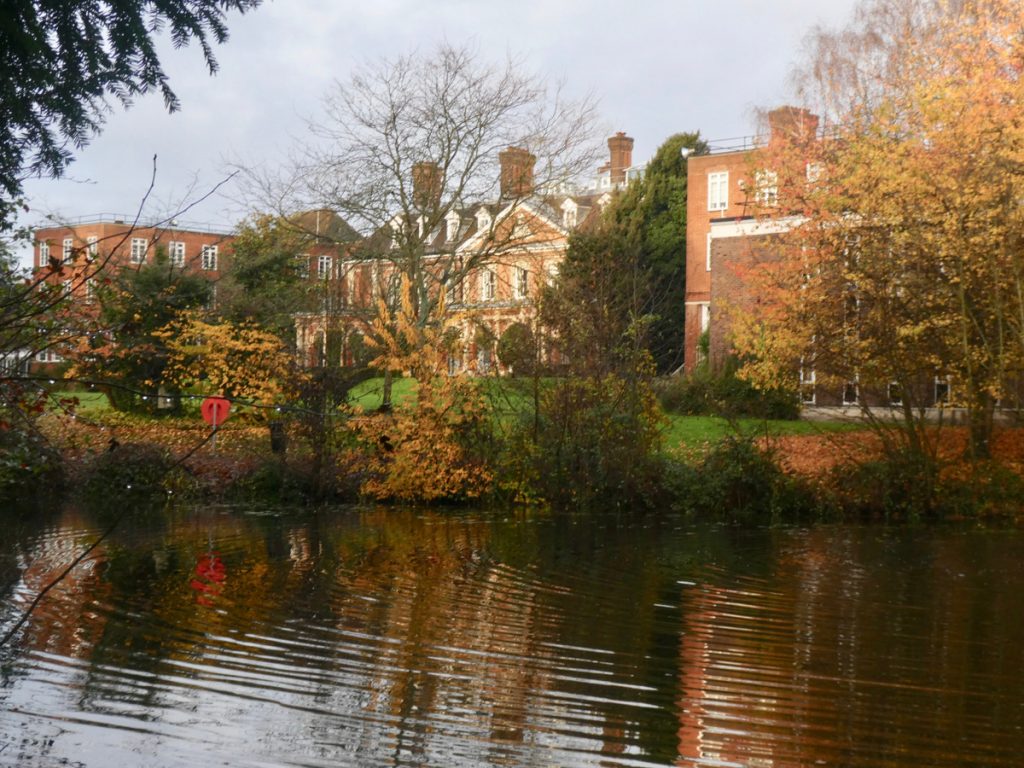
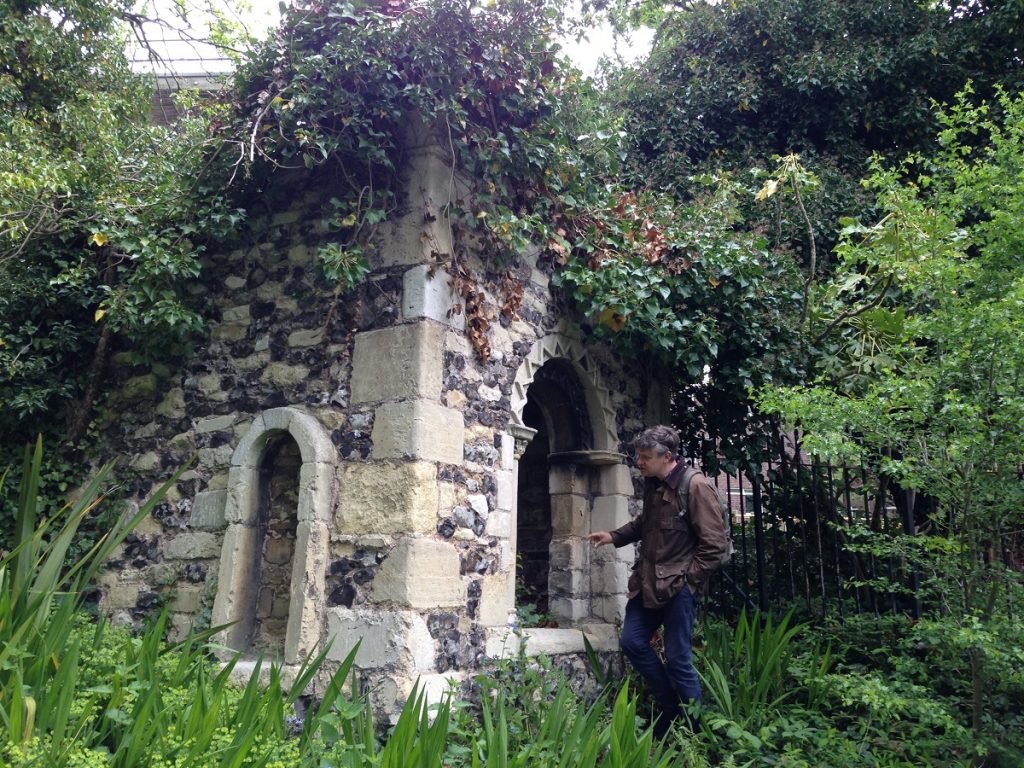
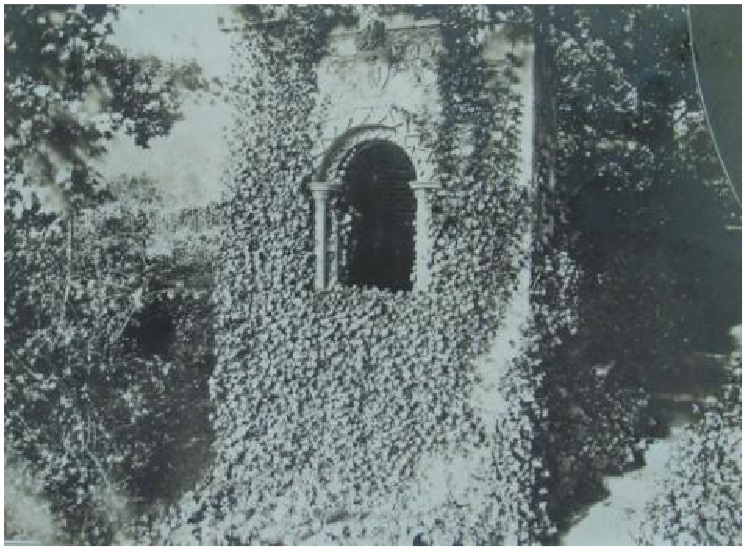
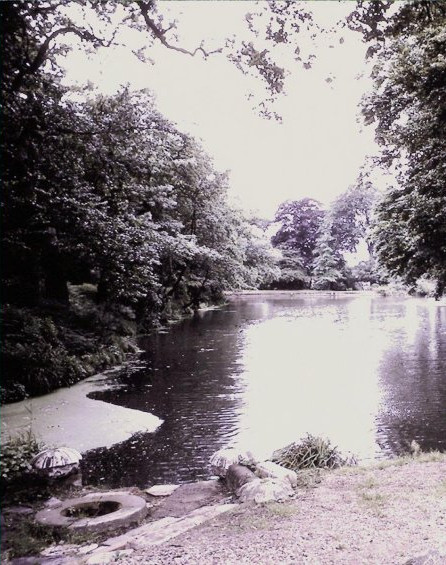
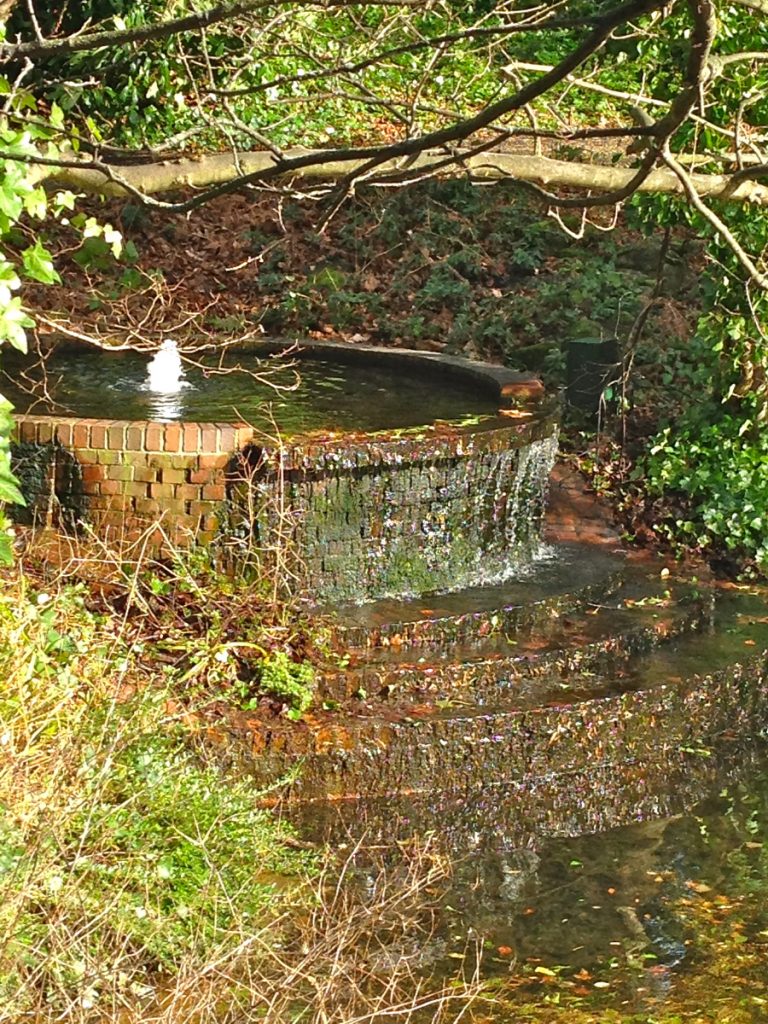
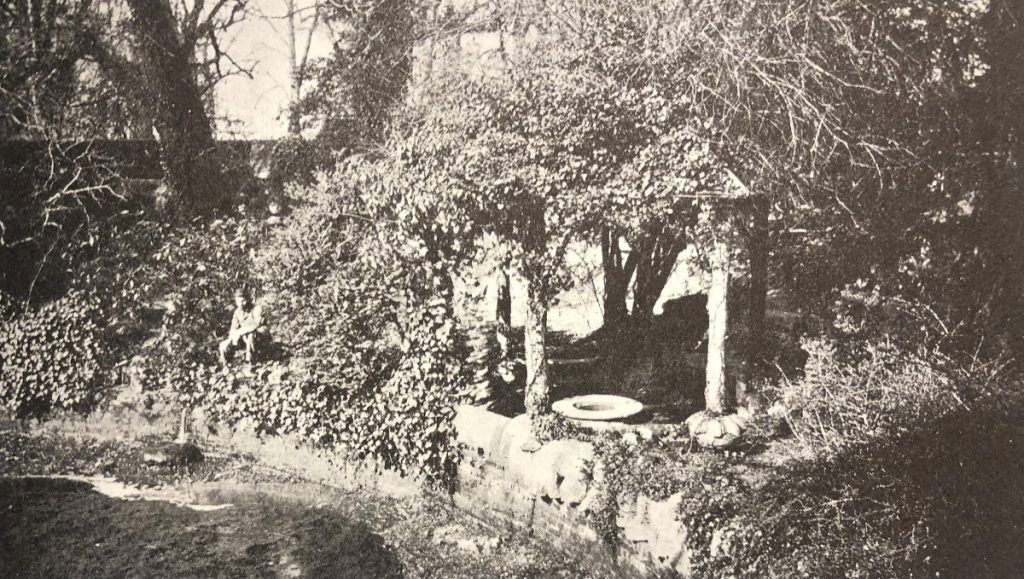
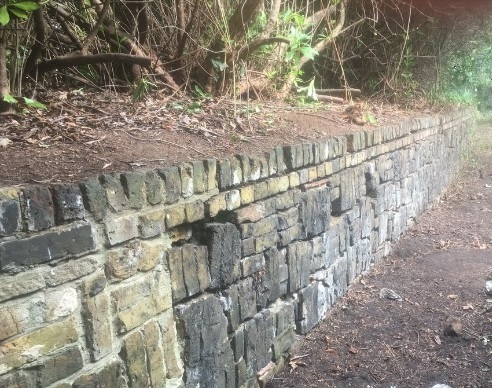

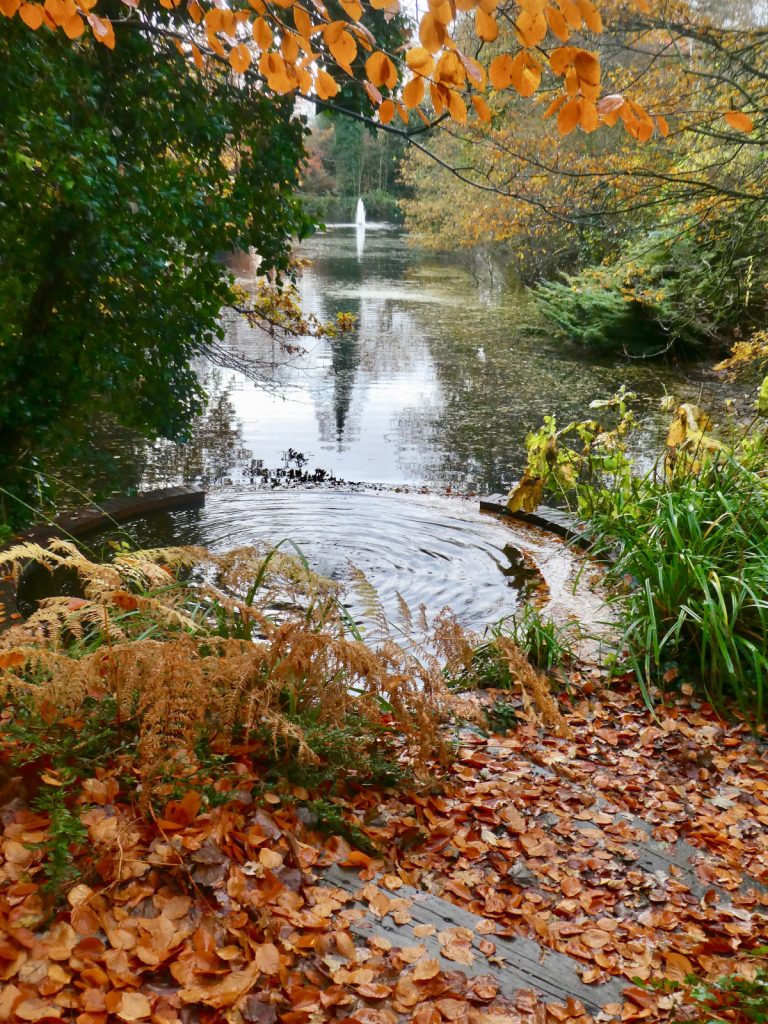
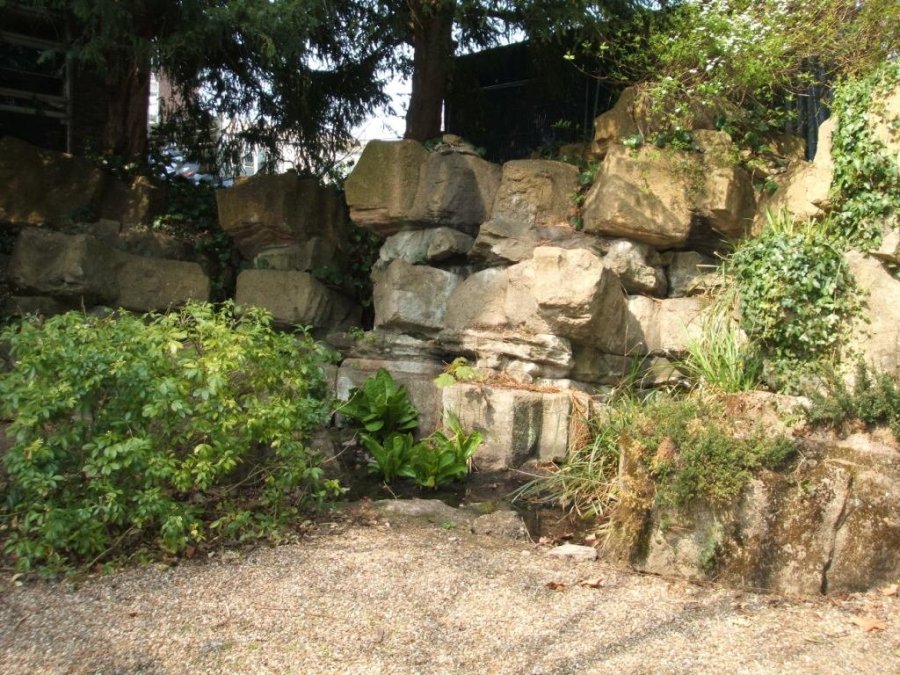
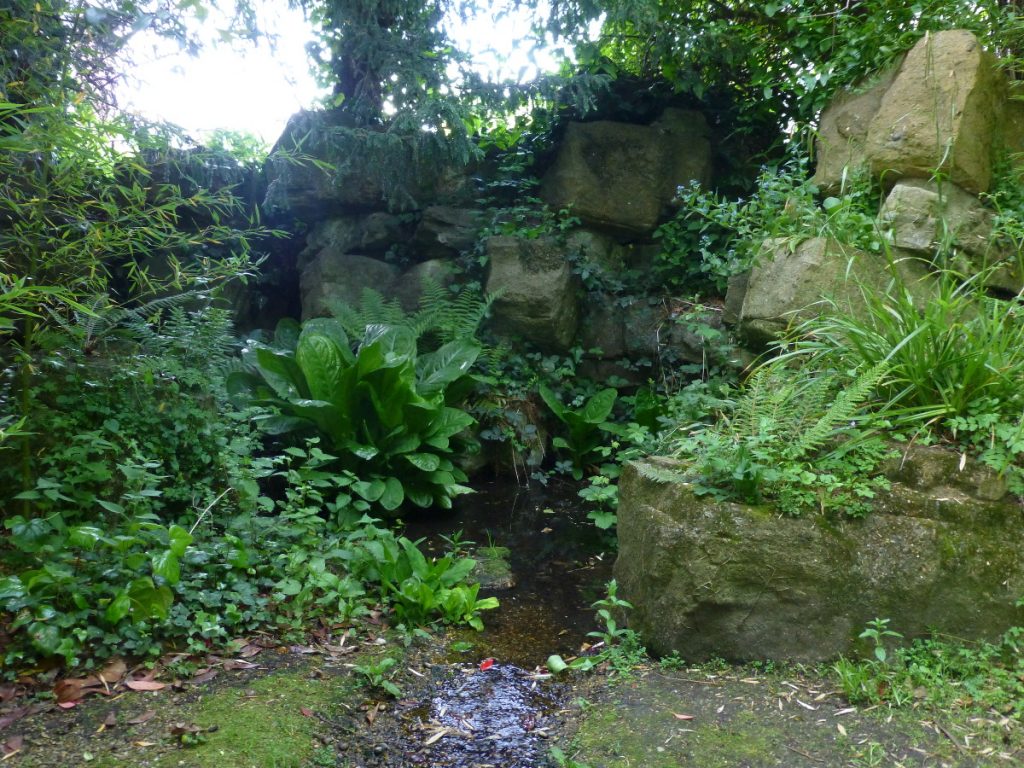
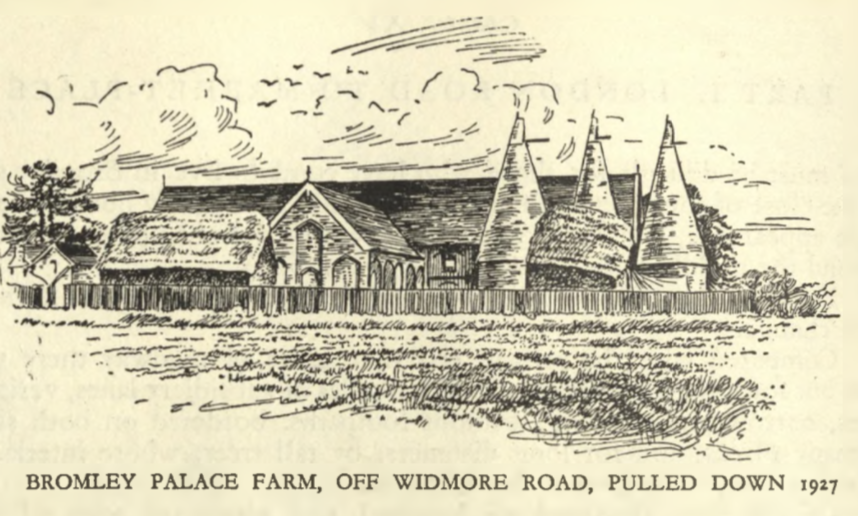
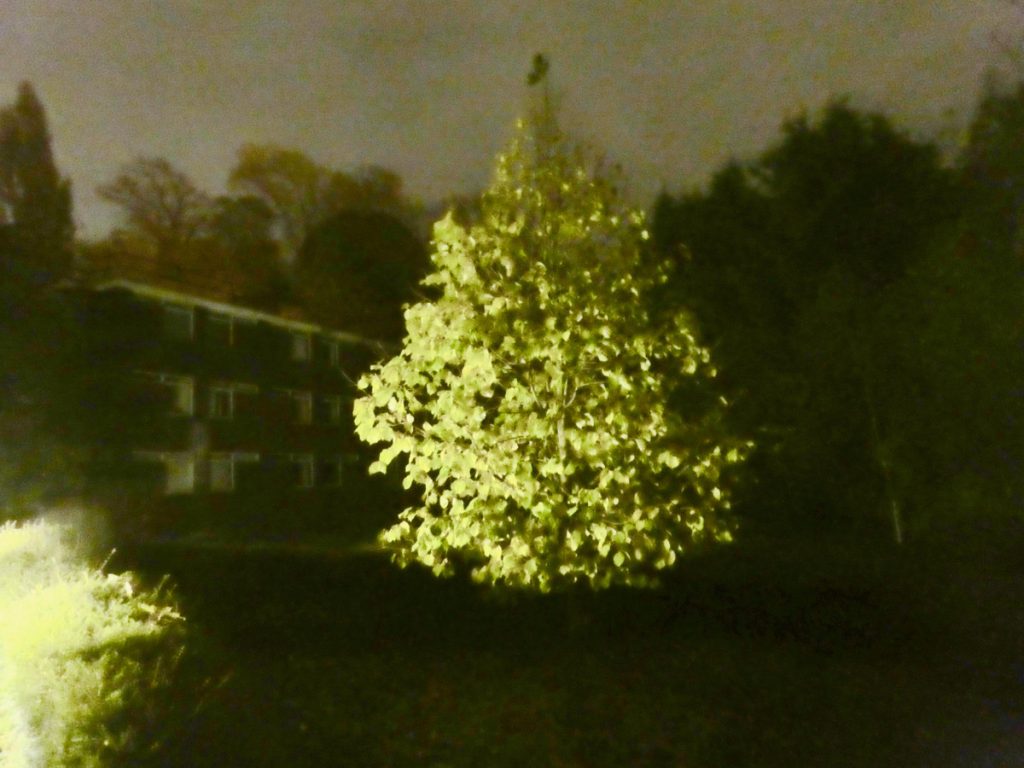
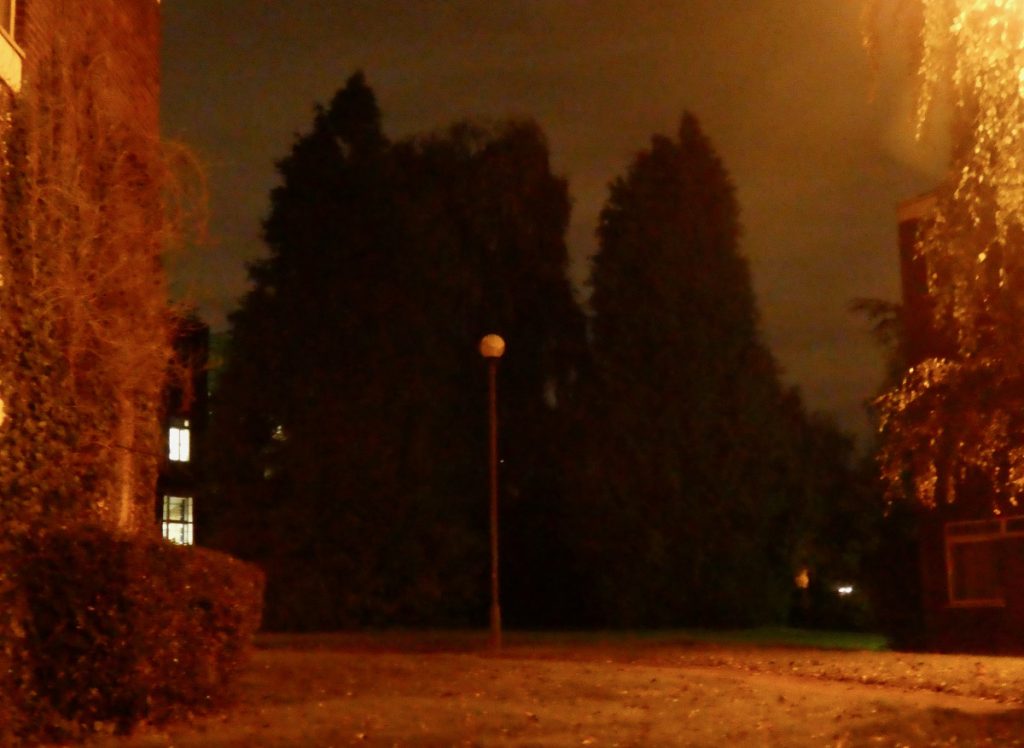
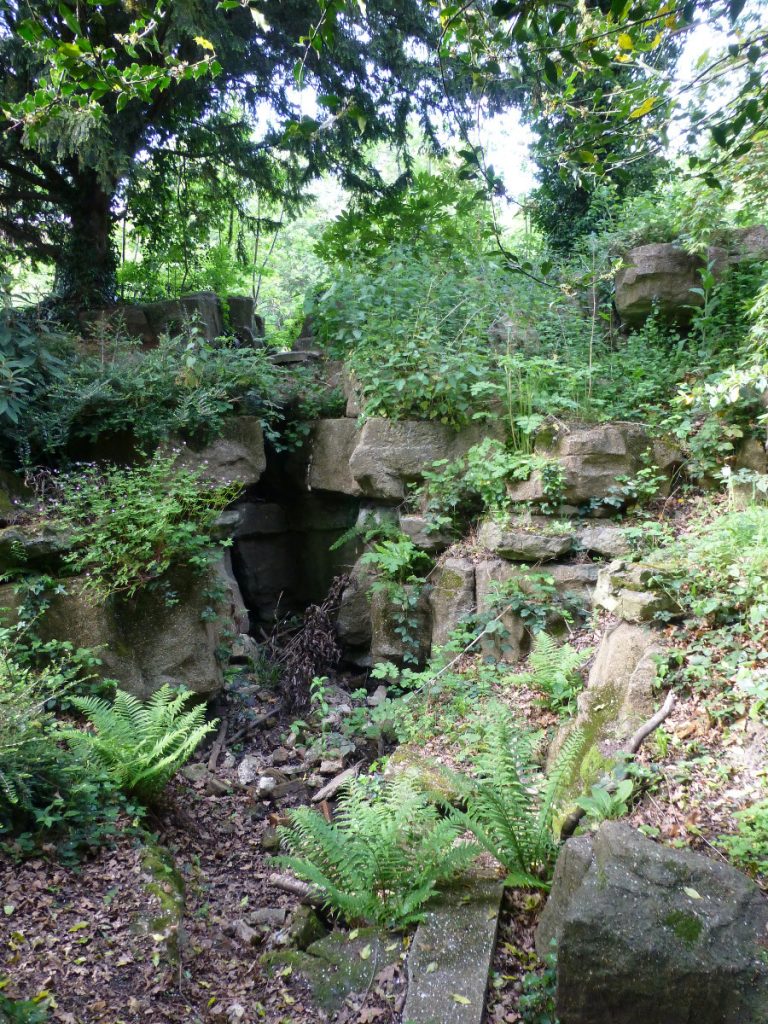
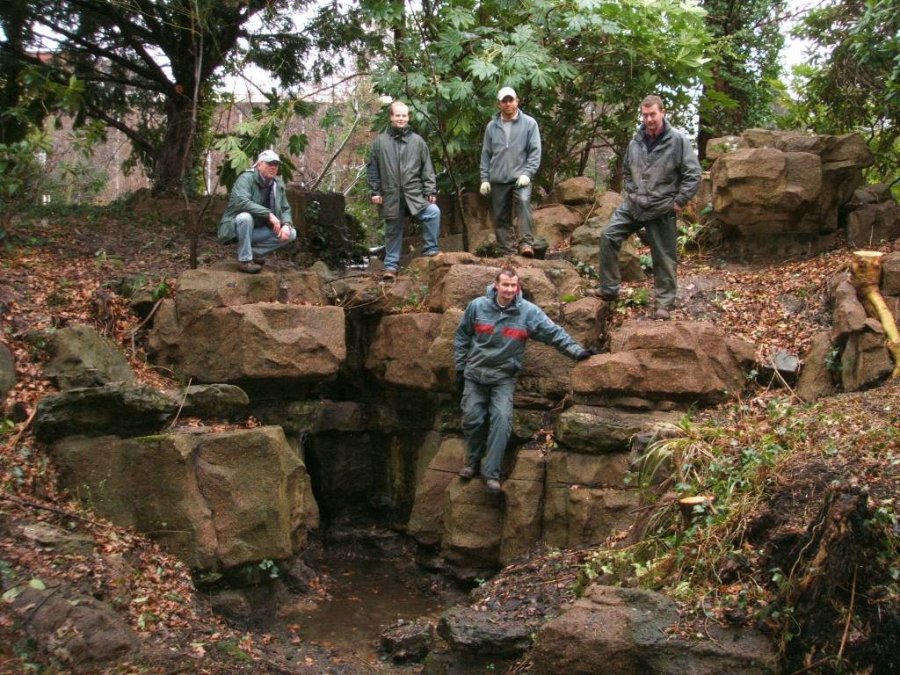
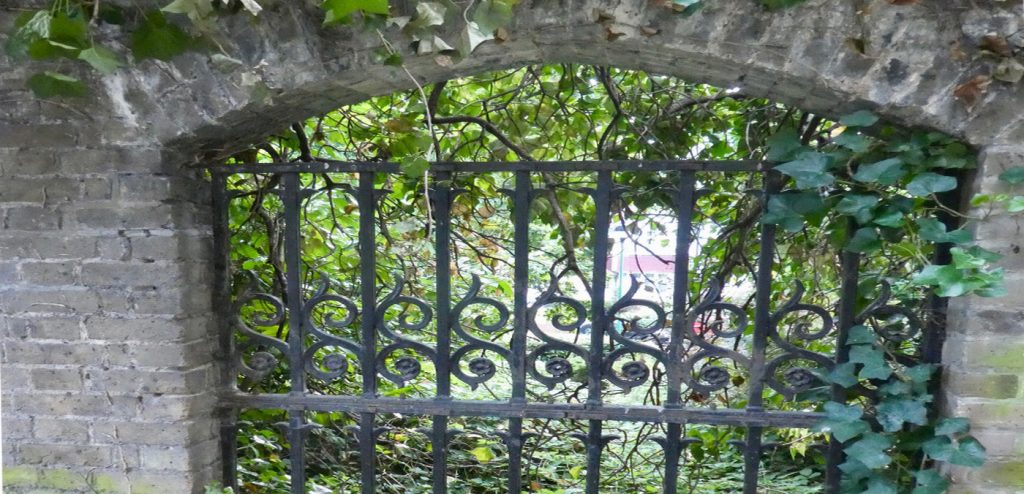
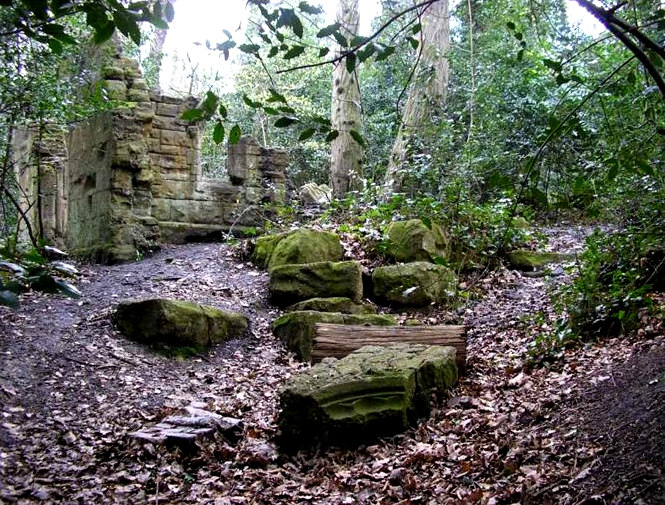
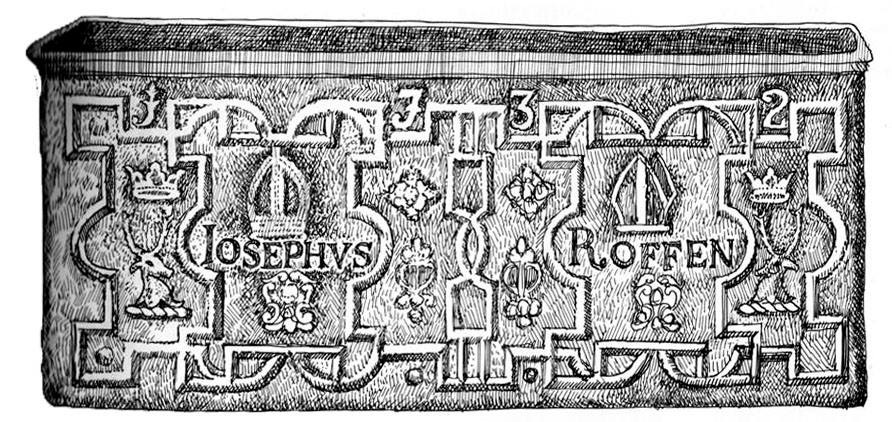
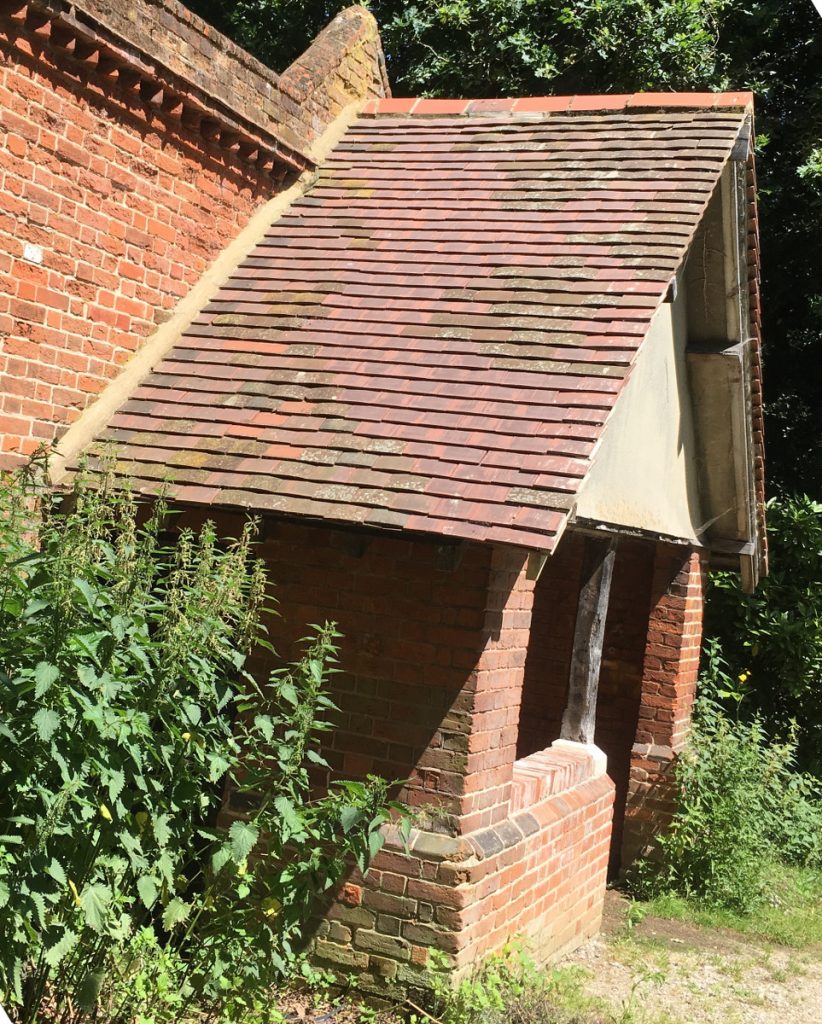



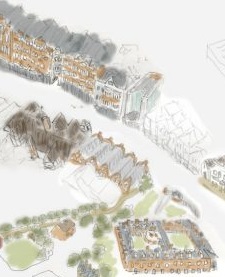
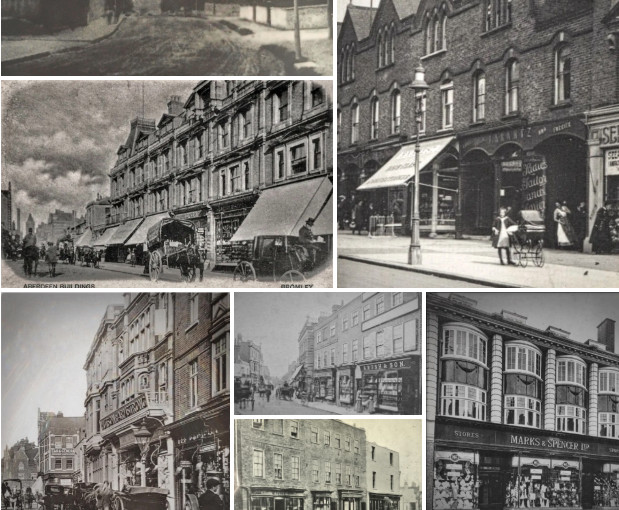 Browse our old photos, in
Browse our old photos, in 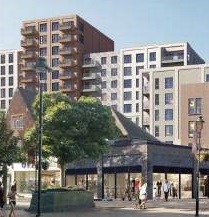 from being dominated by tower blocks: Look here and email our ward councillors about:
*
from being dominated by tower blocks: Look here and email our ward councillors about:
*